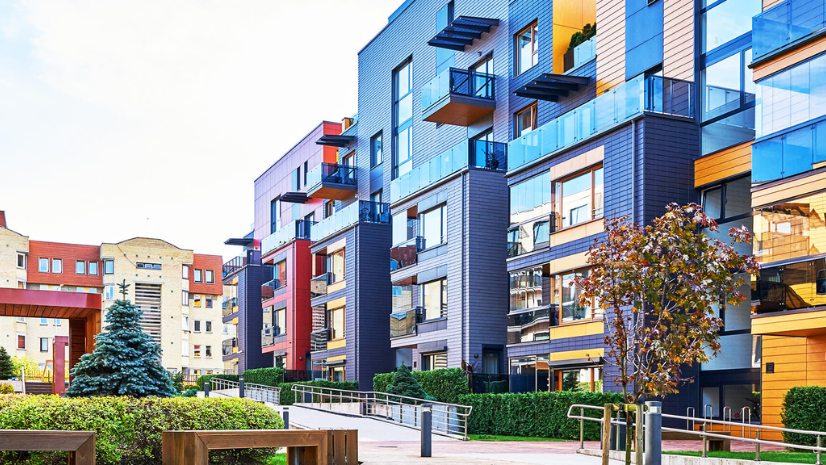The American Planning Association’s 2023 National Planning Conference was this past weekend through Tuesday in Philadelphia. Attendance was in excess of 4,000…a nice increase over last year’s return to an in-person event. As we have over the past three decades, Esri was thrilled to be a part of this event and to support NPC. We were honored to have the opportunity to share our GIS knowledge and expertise with planners from across the country through some inspiring user presentations and learning labs. More importantly, though, it was rewarding hearing from planners to learn the challenges their communities are dealing with and learning about their respective vision and goals for their communities. As I’ve said many times, Esri does not run a planning department on the side. Having the opportunity to listen to hundreds of planners over a few days is incredibly important to the work we do. So, no one was happier than me and my colleagues that our booth was as busy as it was.

I distinctly remember going to the NPC in the late 90’s having to explain what GIS was to planners and why they needed it. Those days are gone. It is nothing short of inspiring to see adoption of GIS in the daily workflows of planning offices continue to grow. The most common challenges we heard about from planners during NPC centered around:
- Housing Capacity, Supply, and Affordability
- Updating Comprehensive Plans
- Creating More Walkable Communities
- Preparing for Zoning Reform
In fairness, most of these initiatives overlap (e.g. updating zoning to accommodate denser housing can lead to walkable communities, etc.). There’s very little about planning that exists and operates in a silo.
Session Takeaways and Insights
We were also fortunate to participate in five different sessions during NPC. First, there were two inspiring and relatable case studies. State College, Pennsylvania talked about how they’re using GIS to not only visualize and analyze new development, but how it can be used as a tool of civic inclusion. This keeps the community informed and engaged about the changing landscape of this college town. Boulder, Colorado spoke about their use of GIS to create and analyze impact models for their long-range planning. Second, we were on two panels discussing the modern approach to leveraging GIS for planning sustainable communities. Finally, we coordinated with Esri partner Houseal-Lavigne to conduct a hands-on learning lab examining using GIS for suitability analysis. I think we needed a half dozen extra tables to accommodate everyone.

It Takes A Headset…I Mean…Planner
Finally, we were excited to be a part of the APA Advocacy Division’s initiative #ItTakesAPlanner by supporting two stations in The Hub. One was a hands-on…well, ok…headset-on VR experience. Here, planners experienced how modern tools like a VR headset and a 3D web scene can be used to interactively visualize and advocate for planning projects. The second was a selfie station where planners got to have an Esri basemap of their community behind them. Every time I went over there, that place was busy.

Thank You!
Our goal is to make sure your organization is successful in using GIS to help design sustainable, thriving communities. Please don’t hesitate to reach out to your Esri Account Team or to us directly at planningteam@esri.com to start the conversation.
If you were there, thank you for coming by to see and talk with us. If not, we hope to see you at your state chapter conference this fall.




